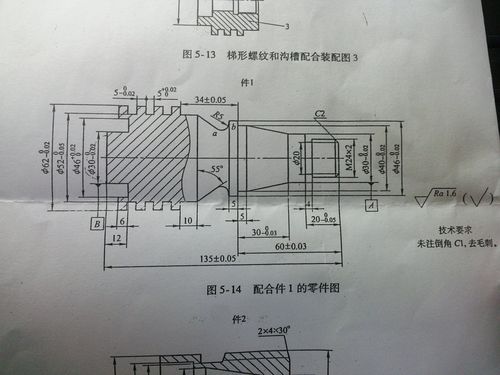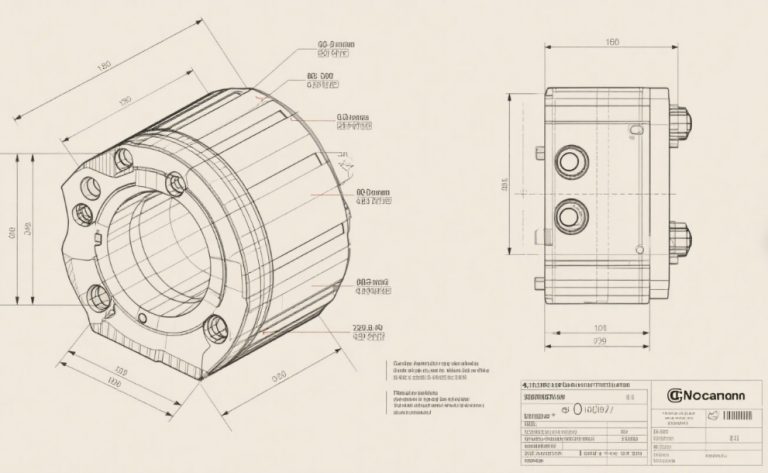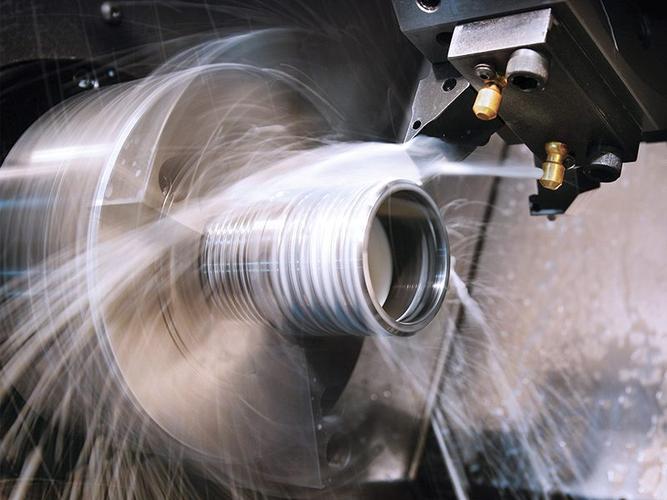
Answer:
”Metal turnings” refer to the metal fragments or strips cut from the workpiece by the cutting tool during metal cutting processes such as turning and milling. Its shape, size, and physical properties are affected by factors such as the workpiece material, the geometric shape of the cutting tool, and the cutting parameters. Common types include continuous chips, segmented chips, and discontinuous chips. During processing, proper handling is required to avoid affecting the processing quality and the operation of the equipment.
Professional Extension:
I. Formation Mechanism and Influencing Factors of Metal Chips
The formation of metal chips essentially involves the plastic deformation and fracture of the metal material under the action of the cutting edge of the tool. During the cutting process, the rake face of the tool squeezes the surface layer of the workpiece metal, causing the internal stress to exceed the yield strength, resulting in slip deformation. As the tool continues to feed, the deformation accumulates, and finally, it separates from the workpiece matrix to form chips. This process is influenced by various factors. The hardness, strength, and plasticity of the workpiece material are key factors. For example, low – carbon steel with good plasticity is likely to form continuous ribbon – shaped chips during cutting; while brittle materials such as cast iron, due to their lack of plastic deformation ability, mostly produce discontinuous chips. In addition, parameters such as the rake angle, clearance angle, and sharpness of the cutting edge of the tool, as well as the cutting speed, feed rate, and cutting depth, can significantly change the shape and size of the chips.
II. Types and Characteristic Analysis of Metal Chips
According to their shapes, metal chips are mainly divided into continuous chips, segmented chips, granular chips, and discontinuous chips. Continuous chips are in the form of continuous long strips, with a smooth inner surface and a hairy outer surface. They are generated under the conditions of high cutting speed, small feed rate, and large rake angle of the tool. The formation process of this type of chip is relatively stable, with small fluctuations in cutting force. However, they are prone to winding around the workpiece or the tool, affecting processing safety and surface quality, so chip – breaking measures are required. Segmented chips have a serrated appearance, with cracks on the inner surface and a serrated outer surface. They usually occur when the cutting speed is low, the feed rate is large, and the rake angle of the tool is small. At this time, the cutting force fluctuates greatly, and the surface quality of the processed part is poor. Granular chips are formed by the further fracture of segmented chips. The cutting process is unstable, and the tool wears severely. Discontinuous chips mainly occur when processing brittle materials. The chips are in the form of irregular fragments, the processed surface is rough, and the cutting force is concentrated on the cutting edge of the tool, which easily leads to tool chipping.
III. Physical and Chemical Properties of Metal Chips
During the formation of metal chips, due to intense plastic deformation and friction, significant changes occur in their internal structure and physical properties. The hardness of the chips is usually higher than that of the original workpiece material because plastic deformation causes lattice distortion in the metal, resulting in work – hardening. At the same time, the high temperature generated during the cutting process causes the surface of the chips to oxidize, forming an oxide film, which affects the chemical stability of the chips and subsequent processing. In addition, the chips of different metal materials also differ in magnetic properties, electrical conductivity, etc. For example, iron – based alloy chips are magnetic, while non – ferrous metal chips such as copper and aluminum are non – magnetic. These properties have important application values in the collection and separation of chips.
IV. Treatment and Recycling of Metal Chips
If metal chips are not processed in a timely manner at the processing site, they will accumulate and block the chip – removal channels of the machine tool, affecting the normal operation of the equipment. They may also scratch the surface of the workpiece, reducing the processing accuracy. Common treatment methods include mechanical removal, magnetic chip – removal, high – pressure fluid flushing, etc. For a large number of metal chips generated, recycling and reuse have important economic and environmental significance. Through smelting treatment, metal chips can be remade into metal ingots or billets and returned to the production process. However, during the recycling process, attention should be paid to removing the oil stains and impurities on the surface of the chips, as well as the problem of mixed pollution of different metals. In addition, some chips produced by special processing, such as the thin – sheet chips produced by laser cutting, can be processed specially to prepare metal powders, which are applied to emerging fields such as powder metallurgy and 3D printing, further enhancing the utilization value of metal chips.






